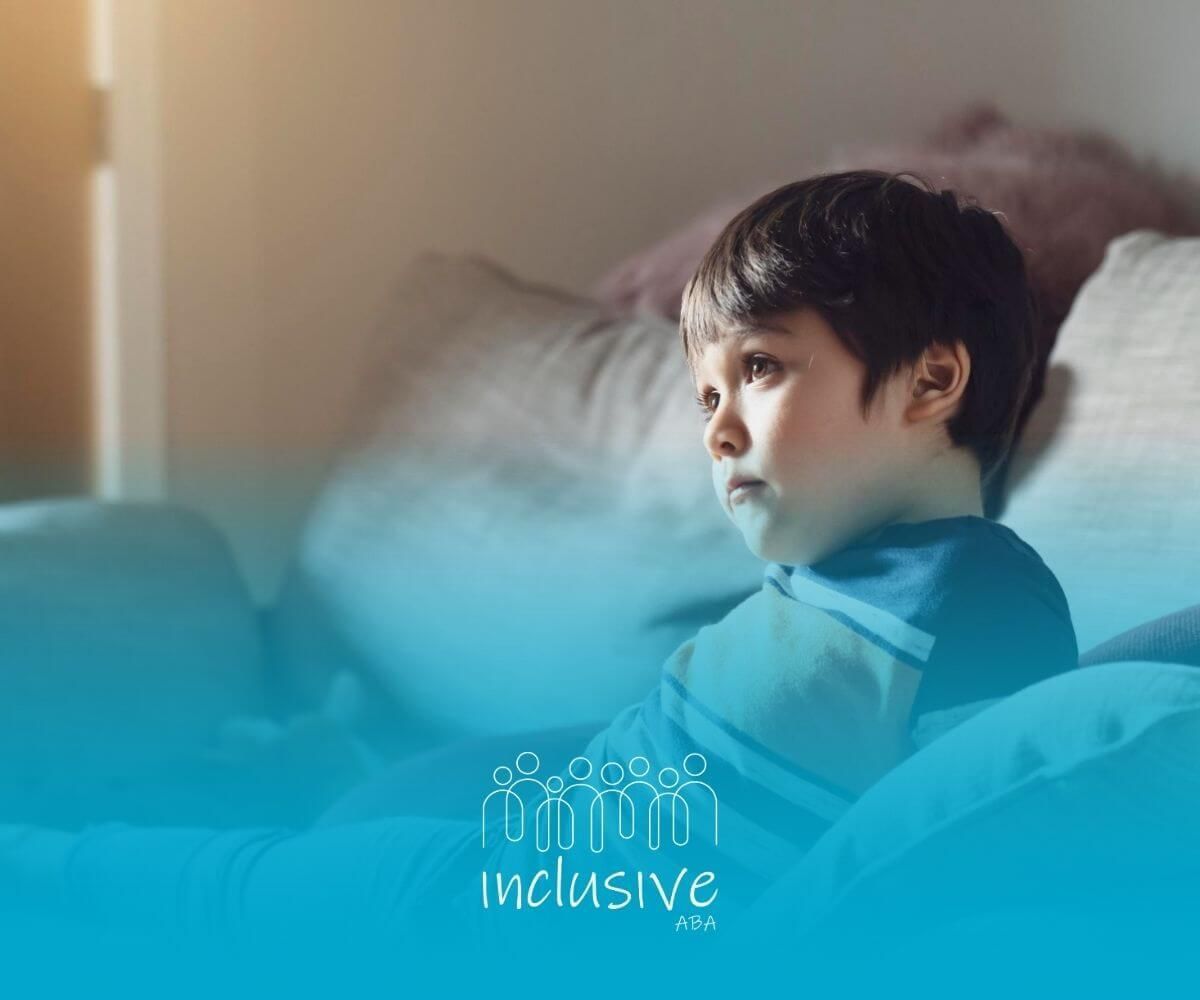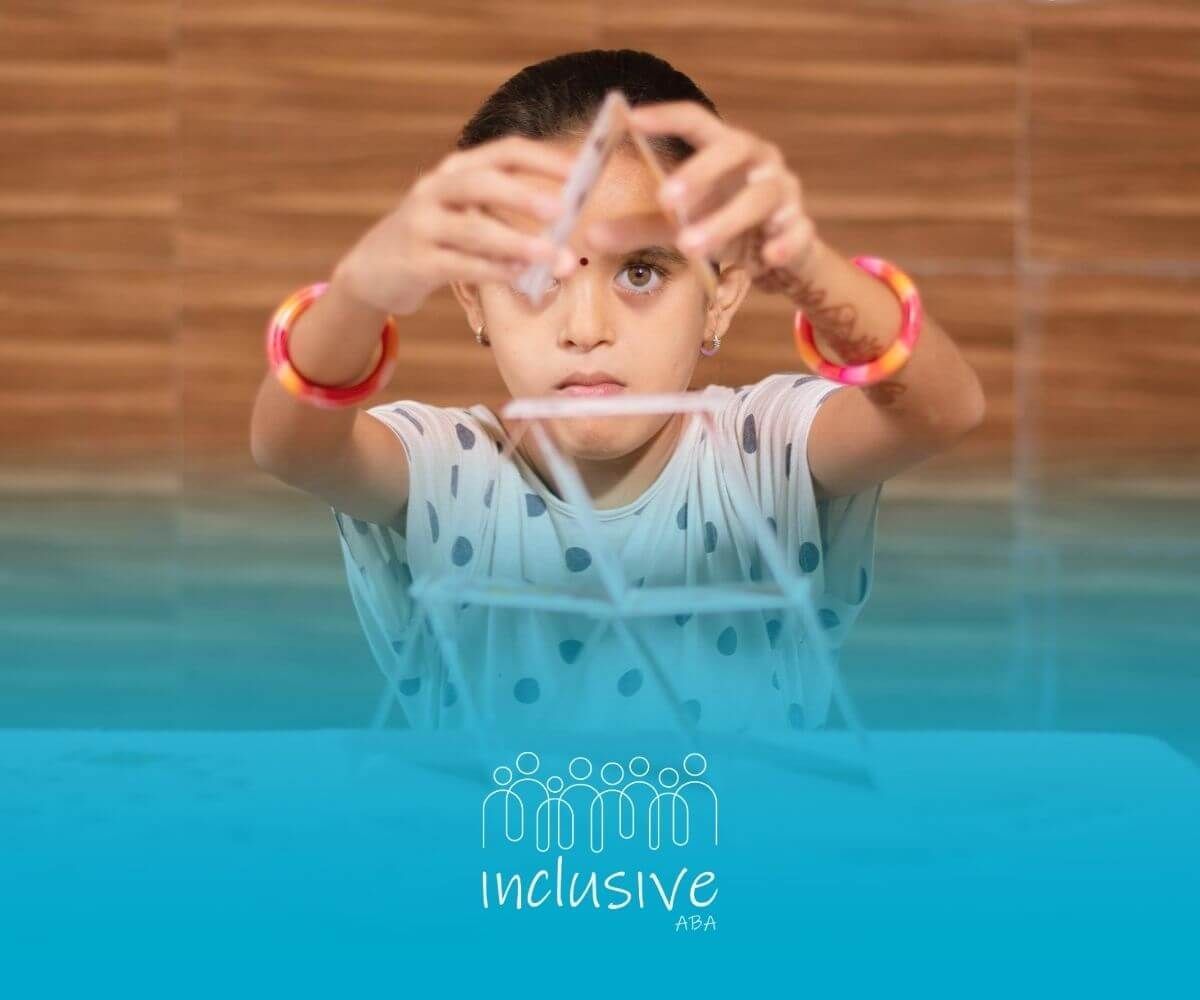How to Implement ABA Techniques at Home for Maximum Impact
Key Highlights
- ABA therapy focuses on behaviour analysis to help children develop skills, reduce challenges, and thrive in their environment.
- Parents can use ABA techniques like positive reinforcement and structured routines to complement therapy sessions at home.
- Incorporating ABA into daily activities supports children on the autism spectrum in learning new skills and building independence.
- A certified behaviour analyst can guide parents in tailoring ABA strategies to their child’s needs for better outcomes.
- Using tools like visual supports, discrete trial training, and consistent routines fosters a positive learning environment at home.
ABA therapy is often a game-changer for children with autism, but did you know that you, as a parent, can play a key role in your child’s progress by incorporating these strategies at home?
I’ve seen it firsthand with many of my clients: when parents are actively involved, the results are astounding.
For example, one parent whose child I worked with in in-home ABA shared how implementing a simple visual schedule at home helped reduce their child’s anxiety and made daily transitions smoother.
They saw a noticeable improvement in their child’s ability to follow routines, which led to more consistent behavior.
By applying just a few ABA techniques in daily life, parents can make a lasting impact.
Preparing to Use ABA Techniques: What You’ll Need
Creating a Supportive Home Environment
Before jumping into ABA techniques, I found that it’s important to set up a space that’s conducive to learning. I started by making sure the environment was free from distractions—especially when therapy sessions were happening.
Setting up a quiet and organized space is crucial for your child’s focus. This will help minimize anxiety and make the therapy process smoother. A space with minimal distractions is ideal for implementing ABA strategies, as it provides the consistency your child needs to thrive.
Dr. Catherine Lord, an expert in autism research, emphasizes that “A predictable, structured environment is the key to successful ABA interventions.” I couldn’t agree more.
Collaboration with a Certified Behavior Analyst (CBA)
I highly recommend working with a Certified Behavior Analyst (CBA). They can assess your child’s needs and create a tailored ABA plan that fits your family’s routine. It’s worth taking the time to collaborate with a professional who can guide you and help you adapt strategies to your child’s unique needs.
Essential Materials and Tools for Home-Based ABA
Having the right tools is crucial when implementing ABA at home. I’ve found that a few key materials really help create a positive learning environment.
Visual Schedules: Consistency is Key
Visual schedules have been a game-changer for me. They help my child understand what to expect during the day, making routines more predictable and reducing anxiety. Whether it’s a chart or a calendar, having a visual representation of the daily schedule works wonders.
Research in the Journal of Applied Behavior Analysis shows that using visual schedules improves task completion rates and decreases problem behaviors. It really does help keep everything on track!
Reinforcement Tools: Encouraging Positive Behavior
Incorporating reinforcement items has been key to keeping my child motivated. Whether it’s praise, a favorite toy, or a sticker, immediate reinforcement helps my child see that good behavior leads to positive outcomes. This builds their confidence and encourages them to keep up the good work.
Resources and Support for Parents Getting Started
Accessing ABA Training and Support
I’ve found that parents new to ABA techniques can really benefit from professional guidance. There are plenty of online workshops and courses, but I’d highly recommend reaching out to a CBA or RBT for one-on-one help.
A 2019 study from Behavioral Interventions found that parents who worked directly with a professional saw a 30% improvement in their child’s development. That statistic really highlights the importance of having professional support.
Community Support and Networking
Don’t underestimate the power of a support network. I’ve joined a few online communities where parents share tips, experiences, and challenges related to ABA. These groups offer valuable insights and emotional support, helping me feel connected to others going through similar experiences.
Step-by-Step Guide to Using ABA Techniques at Home
Step 1: Identifying Target Behaviors and Setting Clear Goals
The first step I took in using ABA techniques was identifying specific behaviors I wanted to work on. For example, I set a goal for my child to make eye contact during conversations. By setting small, measurable goals, we were able to track progress easily and celebrate every little victory.
Experts recommend setting clear, achievable goals—small successes build up to bigger wins. For instance, once my child could maintain eye contact for 5 seconds, we worked on increasing that to 10 seconds.
Step 2: Structuring the Environment for Success
Next, I focused on structuring the environment to promote success. I created consistent routines and made sure the area was free of distractions.
Visual aids like charts and simple diagrams helped reinforce the day’s schedule and made it clear what was expected of my child. This structure helped my child feel more secure and focused, which in turn led to better learning outcomes.
As Dr. Lord mentioned, “The more predictable the environment, the better the child’s engagement.” This structure is what truly set the foundation for success.
Step 3: Applying Positive Reinforcement Strategies
Positive reinforcement has been one of the most powerful tools in our ABA approach. Every time my child displayed the desired behavior, I made sure to offer immediate reinforcement—whether it was a verbal “great job!” or a sticker. This immediate feedback helped my child associate good behavior with positive rewards.
As you work with your child, make sure the reinforcement is meaningful to them. The goal is to make the connection between good behavior and a reward as clear as possible.
Seeing Real Results with ABA at Home
Using ABA techniques at home can have a profound impact on your child’s development and behavior. By identifying target behaviors, creating a structured environment, and applying positive reinforcement, you’ll help your child make steady progress toward their goals.
Consistency is essential, and remember—you don’t have to do it alone. With professional support and community resources, you’ll be well-equipped to create a positive learning environment for your child. Over time, you’ll see real change, not only in your child’s behavior but in the way your family interacts.
If you’re ready to take your child’s development to the next level, consider reaching out to Inclusive ABA for personalized support.
Our team of certified behavior analysts offers customized ABA therapy services across Nevada, Nebraska, Colorado, Utah, Iowa, and Ohio. Whether you’re looking to enhance your child’s behavior at home or need expert guidance, we’re here to help.
Contact us today to learn more about how we can support your child’s growth and development with tailored ABA strategies that work for your family.
Frequently Asked Questions
How much time should I spend on ABA activities each day?
The best time to start ABA therapy depends on your child’s needs. It is a good idea to keep therapy sessions short and consistent. This way, you can help your child learn new skills more easily. When you add ABA principles into your day and therapy sessions, things can feel natural and fun for your child. It will also help them make steady progress.
Can ABA techniques be used for children without autism?
Yes, ABA techniques that come from behavior analysis can help kids who do not have autism as well. They work to build social skills, encourage positive actions, and help with child development. You can use ABA to manage challenging behaviors and teach new skills. ABA can be changed to fit many needs.
What if my child resists ABA strategies at home?
Resistance can happen and is often not there for long. Be patient and use positive reinforcement to make sessions more fun. Try to get family members involved and talk with an ABA therapist to get help. Start to add challenging behaviors to the routine slowly, and make sure to celebrate small victories. This helps build momentum. The use of reinforcement and support from your ABA team and family makes all the difference.
Looking for Expert Help? We're Here for You!
Our compassionate and skilled team is devoted to enhancing your child's development through customized ABA therapy. Let us partner with you to create a supportive environment for your child's success.
Discover how we can help your family thrive with expert ABA therapy.
Related Posts







